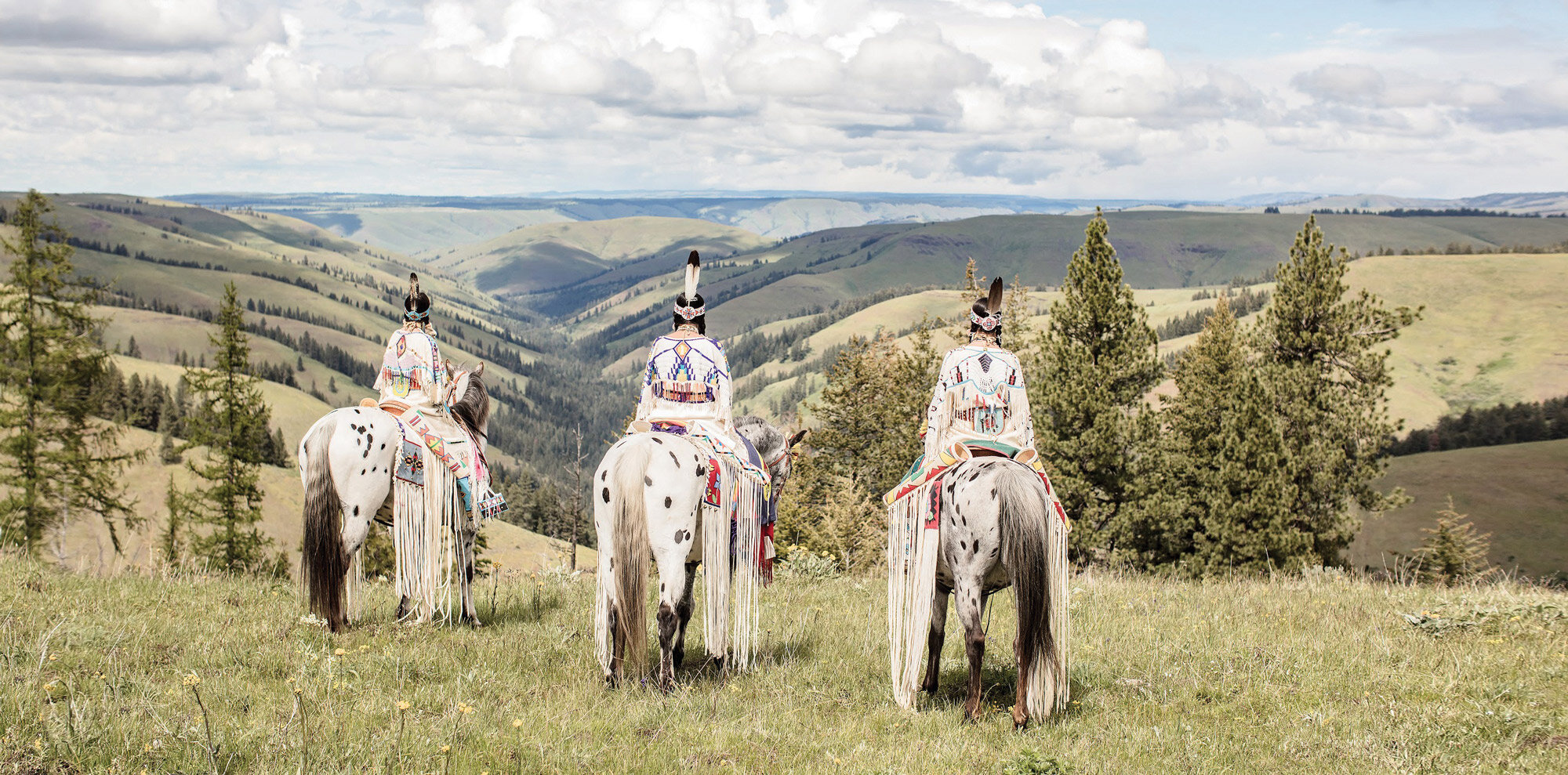Traveling a Vast Country

To value a place is to know it in a familiar way,
A DEEP KNOWLEDGE OF THAT PLACE AND EVERYTHING THAT BELONGS THERE.
— Bobbie Conner, Cayuse/Nez Perce/Umatilla, 2007

To value a place is to know it in a familiar way,
— Bobbie Conner, Cayuse/Nez Perce/Umatilla, 2007

Harris Sisters on Horseback (Photo by Kyle Lamere)
Billy’s Map (from “The Nez Perce Country” by Alice Fletcher )
Allen Pinkham Jr. and granddaughter (Photo by Joe Whittle)